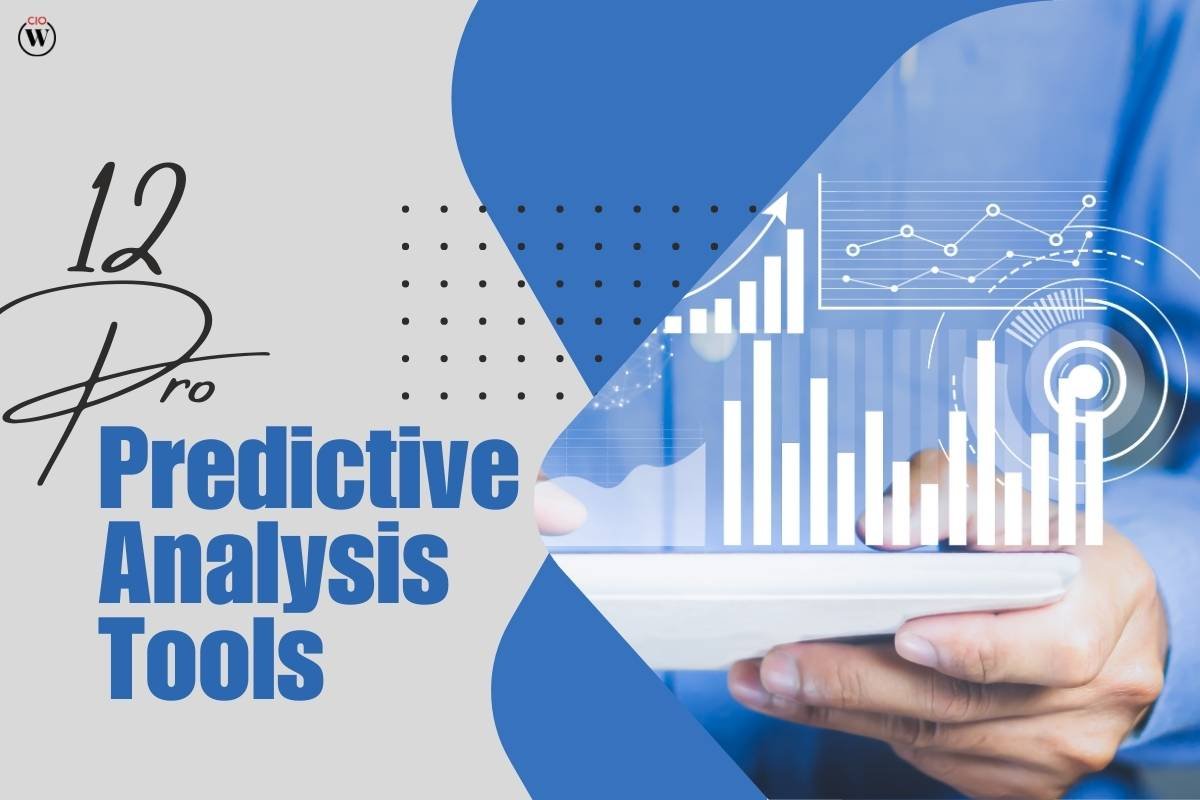Fed Chair Emphasizes Cautious Rate Reductions
On Thursday, Federal Reserve Chair Jerome Powell highlighted a cautious stance on cutting interest rates, citing persistent inflation as a key reason for the deliberate approach. Speaking at an event in Dallas, Powell noted that while inflation is gradually approaching the Fed’s target of 2%, it has yet to stabilize fully. This uncertainty has led policymakers to prioritize vigilance over hastiness in their decision-making process.
“The economy is not sending any signals that we need to be in a hurry to lower rates,” Powell stated, emphasizing that the current economic strength allows for a more measured approach. This perspective comes as economists predict a potential quarter-point rate cut in December, following recent cuts in September and October. However, future steps remain uncertain, as Wall Street projections differ. The CME FedWatch tool indicates traders’ confidence in a December rate cut has dropped from 83% to just below 59% after Powell’s remarks.
The Fed’s benchmark interest rate significantly influences borrowing rates throughout the economy, including for mortgages, auto loans, and credit cards. Nonetheless, longer-term rates can also be driven by other factors, such as expectations of inflation and economic growth. For instance, following Donald Trump’s presidential election victory, yields on Treasury securities rose due to anticipated rapid economic growth and larger budget deficits tied to potential tariffs and immigration policies.
Inflation Trends and Fed Independence
Jerome Powell pointed out that inflation could remain slightly above the Fed’s target in the coming months but reaffirmed the expectation of a gradual decline, although acknowledging that the journey could be unpredictable. “Inflation should come down further, albeit on a sometimes bumpy path,” he said. This persistent concern has been mirrored by other Fed officials, such as Lorie Logan, President of the Fed’s Dallas branch, who expressed similar caution. “If we cut too far, inflation could reaccelerate, and the (Fed) could need to reverse direction,” Logan warned, advocating a careful and balanced approach.
Powell also addressed the importance of the Fed’s autonomy, particularly in maintaining public trust and effectively managing inflation. Reflecting on past political pressures, Powell highlighted the challenges during former President Trump’s tenure, when Trump threatened to fire him for not cutting rates fast enough. Powell reiterated that the Fed’s independence from political influence has been instrumental in reinforcing public confidence that the institution will act in the economy’s best interest. This confidence, he noted, has helped mitigate inflationary pressures following the pandemic by shaping consumer and business expectations.
“The public believed that we would get inflation down and restore price stability. And that’s ultimately the key to it,” Powell remarked, underscoring the broader impact of trust in the Fed’s long-term strategy.
Ongoing Economic Assessments
Despite recent progress, the path forward remains complex for the Fed. Inflation, as tracked by the core prices index—excluding food and energy—has hovered in the high 2% range for five consecutive months, suggesting a stubborn resistance to rapid shifts. This has further solidified the Fed’s commitment to a gradual approach, allowing for continual assessment of economic indicators.
Other officials have echoed this sentiment, showing reluctance to make aggressive cuts amid steady economic growth. Jerome Powell’s assurances reflect a broader understanding that abrupt monetary policy shifts could destabilize recovery efforts. While the immediate outlook includes potential small rate cuts, the Fed maintains flexibility, emphasizing data-driven decisions and caution to avoid any adverse economic reversals.









